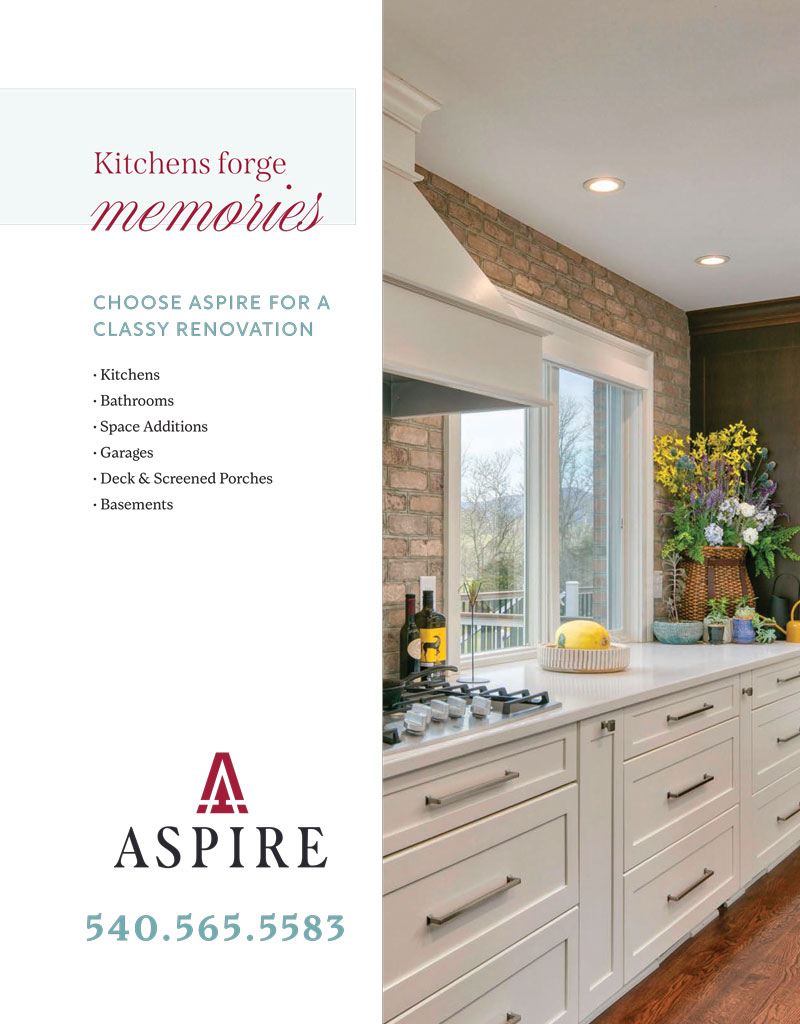Slimming Down Clutter | Shed Extra Stress by Exercising Good Organization Habits
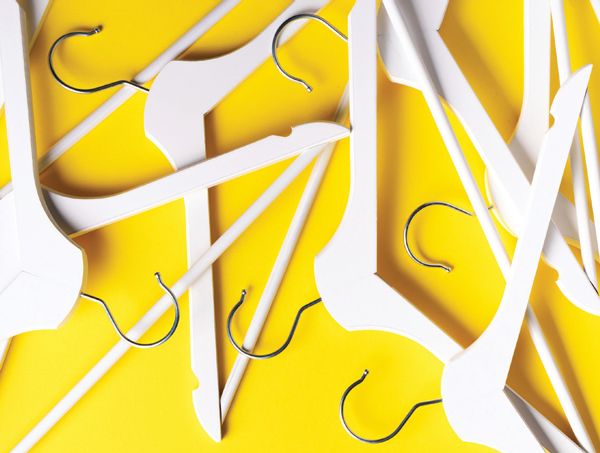
It’s ironic that home organization resources are a clutter of articles, books, blogs, and pins about controlling clutter. Just as we must when we set out to get fit, it’s helpful to change bad habits and set realistic goals for success.
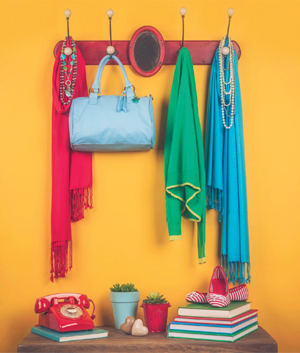 The warm-up
The warm-up
In her book Organized Enough, Amanda Sullivan writes that a picture-perfect home worthy of a furniture showroom isn’t really necessary. We just need to be “organized enough” to alleviate the stress that comes with everyday clutter. Warm up to decluttering with a system that eliminates frantic daily searches for keys, purse, cellphone and bookbag. Walk through rooms and find better spots for everyday items. At the entryway add hooks for keys, a coat rack and basket for small items, a standing desk file to sort mail and a designated place for bags and briefcases.
It takes a few weeks to turn a task into a habit, so challenge your family to use those new landing spots for everyday items. At the end of the day, hang up coats and put keys on hooks. Sort the mail daily. As you cook dinner, clean up as you go. At bedtime, check the counters and floors for random items that made their way there while you weren’t looking. When these simple tasks become second nature, then move on to bigger problem areas.
The workout
To make real and noticeable changes, determine what clutter gathers most and where it tends to linger. I conducted a survey using one of today’s most modern, scientific methods—I asked my Facebook friends if my top clutter categories matched theirs. As it turns out they aligned, so maybe yours will, too. Coming in at number one was paper—mail, homework, coupons and receipts. Running a close second was clothing—including socks and more socks. So I hit the clutter gym to start my workout.
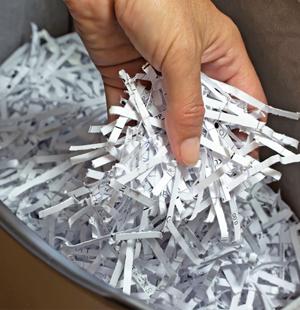 PAPER TRAIL. Manage paperwork every day. I upcycled an old, pretty stationery box to store receipts until I get around to them. Even if it’s once a year, until then they’re out of sight. The lid stays closed; if the box gets too full and won’t shut, that tells me it’s time to sort and toss.
PAPER TRAIL. Manage paperwork every day. I upcycled an old, pretty stationery box to store receipts until I get around to them. Even if it’s once a year, until then they’re out of sight. The lid stays closed; if the box gets too full and won’t shut, that tells me it’s time to sort and toss.
For kids’ homework, I handle it the day it comes in. I congratulate my children on their work and go over problems, then the papers go in the trash. Special artwork gets either a prime spot on the fridge—each of them has their own magnet to show off their best pieces—or gets promoted to a spot on the kitchen cabinet.
Mail can be a bane for sure; I sort it at the threshold, tossing junk mail at the door. The rest goes into one of three sections of a standing file in the kitchen. “To file” papers go to the back section to be moved to larger desk files for family business like insurance, finance, vehicles and health. Coupons go in the middle slot, and papers that need immediate attention—bills, letters, invitations and permission slips—in the front. One of my friends adds a “to shred” section and shreds weekly. What to do with cards, travel mementos, and other memorabilia? Use a decorative photo box for all those “sentimentals.” Even if you never get around to the scrapbook of your dreams, a box full of memories will be fun to relive for the whole family.
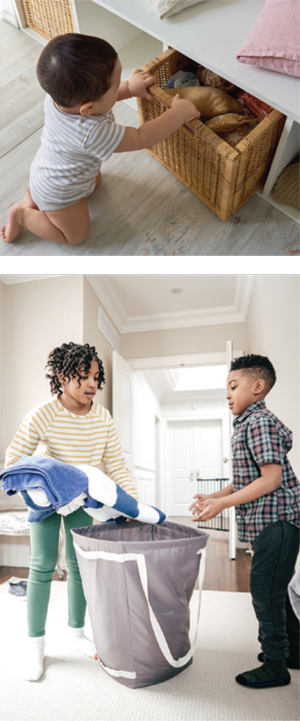 CLOTHES TOSS. Slimming down on clutter in your wardrobe is hard for those who like options or love to shop. Take stock of your storage space. If you don’t switch out seasonal clothes, you might have to trim some fat; whatever doesn’t fit in the closet, dressers, or under-bed boxes must go. Maximize the storage space you have and resist the urge to buy another dresser. Stick to a quota by category—for example, 10 each of pants, shirts, sweaters and socks. By all means hang on to special pieces, but get rid of clothes that don’t fit or are outdated.
CLOTHES TOSS. Slimming down on clutter in your wardrobe is hard for those who like options or love to shop. Take stock of your storage space. If you don’t switch out seasonal clothes, you might have to trim some fat; whatever doesn’t fit in the closet, dressers, or under-bed boxes must go. Maximize the storage space you have and resist the urge to buy another dresser. Stick to a quota by category—for example, 10 each of pants, shirts, sweaters and socks. By all means hang on to special pieces, but get rid of clothes that don’t fit or are outdated.
A family laundry, system can also help. Examine whether your “dirty to clean” system is working. Are there clothes all over the floor in the kids’ bedrooms because the hamper is in the bathroom? Are you sorting kids’ clothes at the washer when they could handle presorting themselves, in separate hampers in the rooms where they change? And those socks: I have an old dresser in the laundry area where each drawer holds the mismatched socks of a different family member. I may need the 10-10 rule for socks, but for now, they are “organized enough.”
My survey friends agreed with me on other clutter zones (let’s just say I’m thankful for cabinet and closet doors), but focusing on paper and clothing will get you started toward the clutter-free house goal.
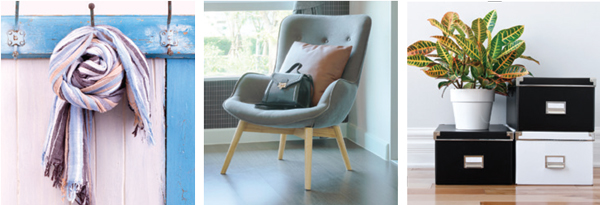
MORE DECLUTTERING TIPS
Add a bench near the entrance with built-in storage for hats, gloves, and scarves or hang a shoe bag on the back of a nearby closet door to store these items.
Designate a place for bags and keep them there while they’re at home. Retrieve items from bags as needed and return them when done.
Resist the urge to “relocate” your clutter. How many times have you been so proud of yourself for cleaning off the kitchen counter, only to find a strangely familiar pile on your nightstand at bedtime?
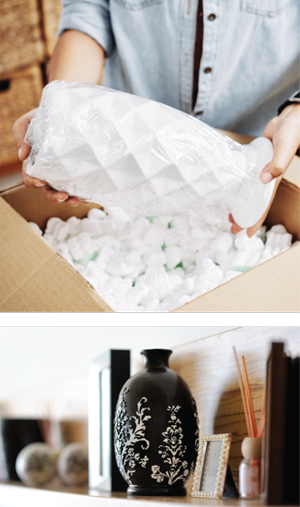 Staying fit
Staying fit
Clutter zones appear because we accumulate so many things. There’s a reason that buzz words downsize, simplify, and minimalize are everywhere today. It’s human nature to surround ourselves with objects that bring comfort. It’s our “collections” (as one of my family members calls them) that often turn into clutter. Consider organizing “near and dear” collections in containers, setting out items a few at a time and rotating them in and out of circulation.
This method works for toys and games, too, but don’t get so caught up in organizing that you lose sight of the main goal. The Legos do not need to be size and color-sorted and stored. Having a box large enough to toss them all in gets them up and out of the way; the floor is then free for practical things like walking— free from tiny plastic bricks stabbing your feet. As with exercise, going overboard risks setbacks. Don’t stress over what’s out of sight.
As I sorted through my decluttering research, this stood out: “If I had to move today, what would I keep and what’s not worth moving?” Consider your possessions in this way to weed out unnecessary items that eat up valuable storage space.
If you’re ready to get a handle on the mess, put some muscle into your decluttering workout. Your home should be a refuge from life’s already chaotic, cluttered piles of problems. Sweat it out and you’ll soon have your home in clutter-free shape. ✦
controlling clutter, decluttering, home organization, homework, Mail, paperwork, storage, wardrobe
